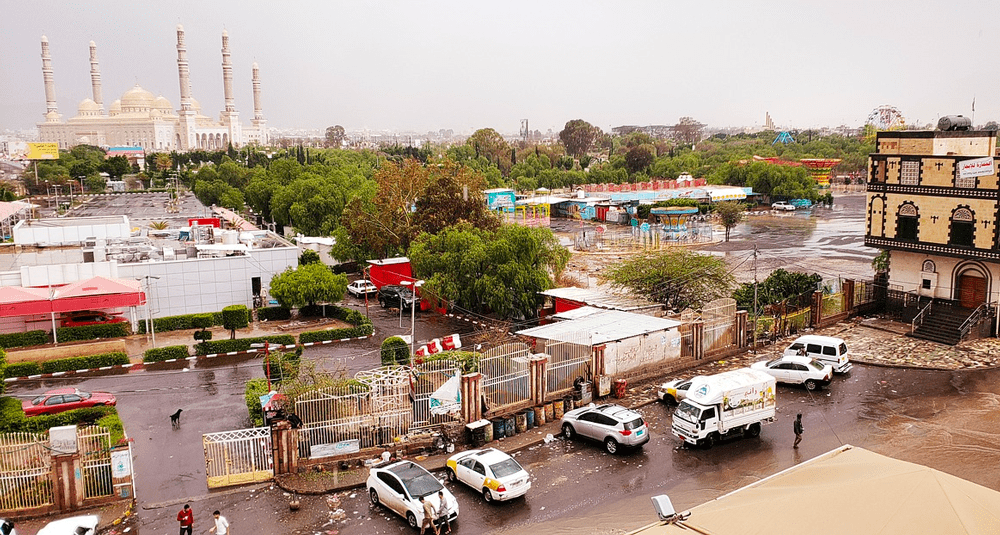What is the capital of Yemen?
Last Updated:
The capital of Yemen is Sanaa, also spelled San’a’. Perched some 2,300 meters above sea level on a mountainous plateau, it is one of the oldest cities in the Middle East and the Arab world, with a history dating back more than 2,500 years.
Sanaa played a central role in the history of the Kingdom of Saba and the civilizations of the southern Arabian Peninsula. According to tradition, it was founded by Shem, son of Noah, reinforcing its aura as an ancestral city.
Over the centuries, it has been the capital of numerous kingdoms, including that of the Zaydites, a Shiite dynasty that ruled much of Yemen for over a thousand years. It became the political, economic and religious heart of the country.
In 1990, with the reunification of North Yemen (of which Sanaa was the capital) and South Yemen, Sanaa officially became the capital of the Republic of Yemen.
One of Sanaa’s most remarkable treasures is its Old City, designated a UNESCO World Heritage Site in 1986. This historic district is famous for its multi-storey adobe houses, decorated with geometric patterns in white plaster, called qasr. Some of these unique adobe brick constructions date back to the 11th century or even earlier.
Narrow streets, bustling traditional markets (souks), ancient mosques such as the Great Mosque of Sanaa (one of the oldest mosques in the Islamic world, dating back to the 7th century) and public baths bear witness to the city’s cultural and architectural wealth.
As the capital, Sanaa is the seat of the country’s main governmental institutions, although the conflict has affected this function. It has also long been the religious center of Zaydism, a branch of Shi’ism that is highly influential in northern Yemen.
Before the outbreak of war in 2015, the city was home to numerous Koranic schools, universities, research centers and a large number of ancient libraries.
Since the start of the civil war in Yemen, Sanaa has been under the control of the Houthi rebels, opposed to the internationally-recognized government, which has retreated to Aden, the major city in the south. This has created a complex political situation, Sanaa remains the constitutional capital of Yemen, but effective power is contested.
This instability has had a dramatic impact on the city’s population and heritage. Many historic buildings have been damaged by bombardments, and living conditions have become extremely difficult due to the blockade, shortages and the collapse of infrastructure.
Despite the conflicts, Sanaa remains a strong symbol of Yemeni identity. Its culture, cuisine, poetry and craft traditions continue to shine through. The people of Sanaa, known as the Sanaani, are renowned for their hospitality, their attachment to customs and their distinctive Yemeni Arabic language.
Sanaa is the capital of Yemen, and a major historical and cultural city in the Arab world. Situated at a high altitude, it boasts a unique architectural heritage dating back thousands of years. Although it has been affected by war, it remains the beating heart of Yemen, a city steeped in history, spirituality and resilience in the face of hardship.
You may also be interested in
geography

What is the capital of Yemen?
Answer
Sanaa is the capital of Yemen. Located in the northern mountains, it is one of the oldest continuously inhabited cities in the Arab world.